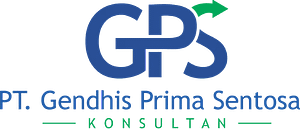DESCRIPTION
Logic Controller (PLC) or programmable controller is a digital computer used for automation of electromechanical processes, such as control of machinery on factory assembly lines, amusement rides, or lighting fixtures. PLCs are used in many industries and machines, such as packaging and semiconductor machines. Unlike general-purpose computers, the PLC is designed for multiple inputs and output arrangements, extended temperature ranges, immunity to electrical noise, and resistance to vibration and impact.
Programs to control machine operation are typically stored in battery-backed or non-volatile memory. A PLC is an example of a real time system since output results must be produced in response to input conditions within a bounded time, otherwise unintended operation will result.
OBJECTIVE
- This training will be emphasized to the technique of program design, debug, simulation and wiring system with PLC based
- Participants will also learn about I/O equipment’s election and also the utilization of several particular functions such as timer, counter, arithmetic operations and control
- Participants could also discuss with Instructor about several application programs and tools I/O wiring.
COURSE OUTLINE
1. Introduction to Programmable Logic Controller
2. PLC Hardware
- Types of PLC
- CPU
- Digital I/O
- Analog I/O
- I/O Device
3. PLC Software
- Ladder Diagram
- Function Block
- Diagram, STL
- Addressing
- Program Simulation
4. Sequential and Interlock Control
5. Timer and Counter Programming
6. Arithmetic/Logic Programming
7. Application Programming
- Level Controller
- Batch Process Control
- Temperatur Controller
8. Wiring and Trouble Shooting
9. Development System
METHOD
- Presentation
- Discussion
- Case study

